Power Project Convening
Museums have long held the spoils of colonization. It’s no surprise that for people of color, entering a museum can come with tremendous apprehension. In KULARTS’ Power Project Convening held on March 25, 2023 at Asian Art Museum, 14 community members, activists, artists, and educators were posed with questions regarding specific items dating back hundreds of years from the Pilipinx archipelago held within the museum’s collection.
These items range from sacred burial urns (from the year 600) to 300 year old weaponry, an assortment of indigenous adornments and woven items and statues of sacred deities like the Bulul from Luzon (approximately 1930) and the Virgin Mary (1700’s). Each prompts many questions and carefully considered thought. Giving objects spiritual meaning is a practice that has long endured with peoples within the Pilipinx diaspora from sacred objects such as agimat and binakol to the post-colonial Santo Niño and crucifix statues. So much was taken away from us. So much has been buried deep within ourselves as we are now tasked with excavating our own sadness, anger, and indignation; the emotions that surface as we search for a space to hold our grief.
Attendees of the convening were encouraged to explore the abstract dimension and weight of spiritual items and the consequences of their being held outside of their cultural context. With their nuances diminished and such limited information provided about their function, their identities have been erased as have the identities of those in their lineage. Yet, these items remain as symbols of our resilience and testament to our connection to our selves and what we’ve always held to be divine. Some of these items reveal our spiritual practice pre-colonization like the Bulul used to protect the rice harvest or the embellished hilt of a blade signifying the deep intentionality held within in this tool of defense.
The afternoon persisted with the distillation of thoughts and emotions. How do we facilitate just action? How do we make this right? Can we collectively dream toward actions that will appease the spirits so that the dead can rest? How does this tie into our own relationship with our culture and spirituality? Each in attendance was grouped into five and reflected upon the meaning of each object: the divine feminine syncretized within the Virgin Mary, the holistic philosophy of warrior-ship reflected in the blade, the need to seek protection with the aid of a talisman, and how to respectfully honor the dead. The conversations unfolded and coalesced like tributaries at the river and abstract prompts began to take concrete form. Further exploration of the Anting Anting project will reveal what becomes of these questions.
Special Thanks To
All participants in attendance:
Josh Icban, Tessa Nebrida, Lauren Benetua, Kristian Kabuay, Ramon Abad, Marcella Pabros-Clark, Sandra Panopio, Frances Christine Cachapero, Blesilda Ocampo, Lani Asuncion, Johan Casal, Perlita Payne, Samuel Novela, Elijah Punzal, and Johnny Nguyen
To Indra Mungal, Deborah Clearwaters, and Natasha Reichle of Asian Art Museum
and
Kegan Marling with Margaret Jenkins Dance Company
This project is a partnership with KULARTS, Asian Art Museum’s Re-History Project, and Margaret Jenkins Dance Company’s Encounters Over 60








